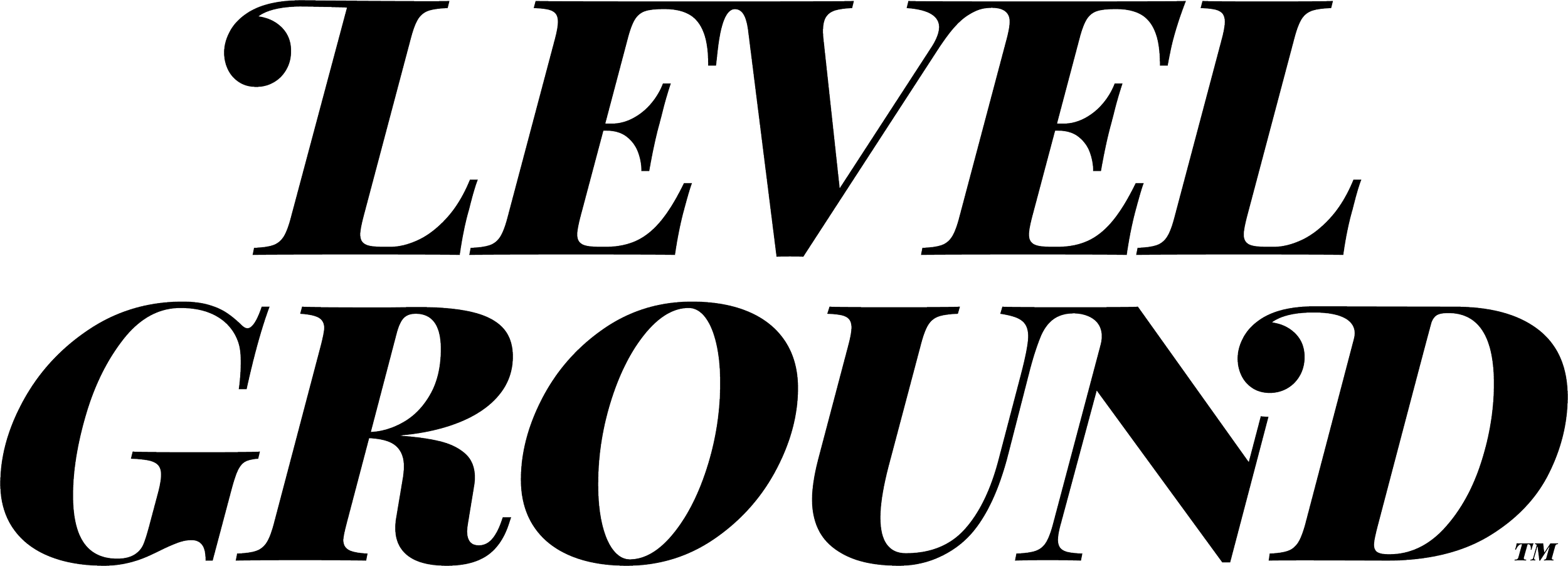SWOT ANALYSIS
SWOT stands for strengths, weaknesses, opportunities, and threats. Strengths and weaknesses are internal to an organization whereas opportunities and threats are external (and therefore largely out of one’s control).
We believe these four factors do not exist separately from one another; rather, they are interrelated elements, or different threads that are woven together and tugged apart. We have organized our SWOT analysis in a non-standard format to illustrate this approach.
Level Ground is more than just an arts organization
We are an incubator for diverse artists, creators, and audiences to experiment with how we approach and address the nuances of social division and inequity. Beyond any one particular project or program, we see our work as rooted in the process and posture of experimentation, collaboration, and empathy. These commitments, along with the diversity and talent of our community, has allowed Level Ground to consistently reimagine and scale our work. We see this agility as one of our greatest strengths.
Furthermore, we are a small, mostly part-time staff, and we largely desire to stay that way. Our size reminds us that we cannot and should not do this work alone. Instead, we are interested in unique and unexpected partnerships that build collective power, leverage resources for those who have yet to be heard or included, and cooperatively create the liberated future in which we hope to one day live.
Organizing an artist collective isn’t easy
Founded by two cis, white women, Level Ground’s mission, programs, and community have historically centered whiteness. To resolve this problem, we must engage in major, ongoing, and intentional transformation. Although artists and the arts have played a lasting and significant role in activism, we are not necessarily participating in liberation just because we have organized a collective of artists.
In addition, we acknowledge that, as a 501(c)3 organization, we are part of a non-profit industrial complex that sustains itself through exploitative capitalism and unengaged charity rather than community ownership and mutual support. In any and every attempt we make to untangle ourselves from this system and divest from its practices, we swim upstream. Moreover, we also acknowledge there is a complicated hierarchy and power dynamic at play between the “staff” and “artists” of our Collective. We observe this dynamic as we consider who has the privilege of receiving compensation for their labor and examine the authority or title given to the different individuals who do such labor. Though it will always be difficult to extinguish these tensions entirely, we aim to reduce their impact through cooperative practices regarding ownership, decision-making, collaboration, access, and funding.
